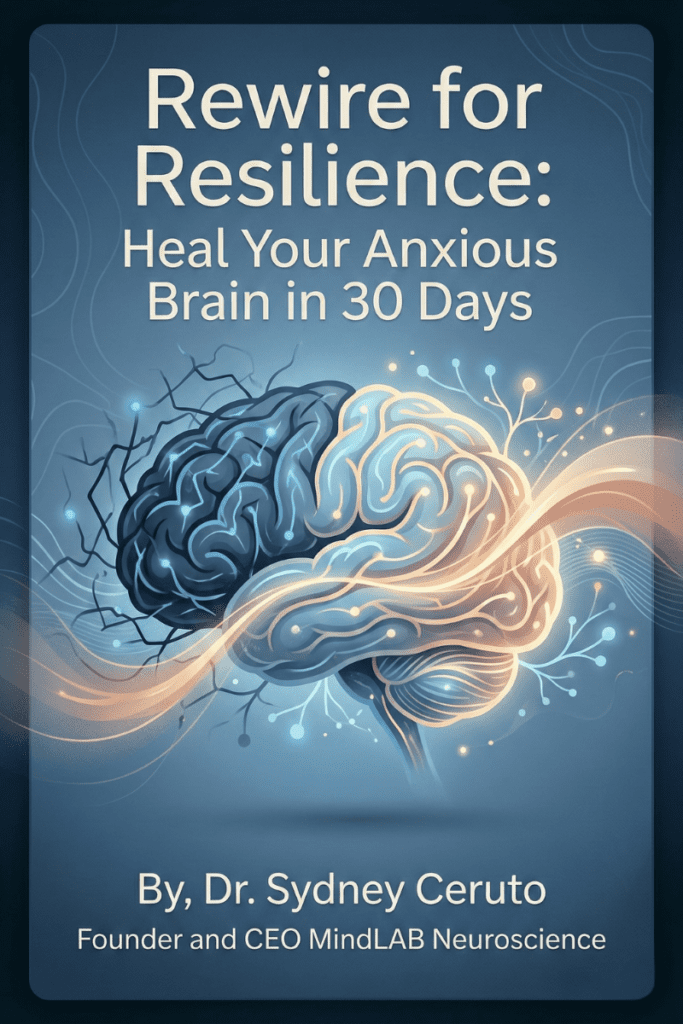Dichotomous thinking, also known as all-or-nothing thinking or splitting, is a type of cognitive distortion where people view things in absolutes or extremes – things are either completely good or completely bad, with no middle ground. It involves thinking in all-or-nothing terms, with no shades of gray. Learn more about overcoming negative thinking patterns.
The Neural Basis of Black and White Thinking
From a neuroscience perspective, this type of thinking is linked to dysfunction in certain brain regions and neural circuits involved in cognitive control, emotional regulation, and decision-making. Some key neuroscientific factors include:
Prefrontal Cortex Dysfunction
The prefrontal cortex plays a crucial role in executive functions like decision-making, problem-solving, and regulating emotions. Studies have shown that individuals with conditions like borderline personality disorder, which is strongly associated with this cognitive distortion, exhibit structural and functional abnormalities in the prefrontal cortex. This impairment may contribute to the rigid, inflexible thinking patterns seen in dichotomous thinking. Discover the role of the prefrontal cortex in executive functions.
Amygdala Hyperactivity
The amygdala is a key brain region involved in processing emotions, particularly fear and anxiety. Research suggests that individuals prone to polarized thinking may have an overactive amygdala, leading to heightened emotional reactivity and difficulty regulating emotions. This emotional dysregulation can reinforce the tendency to view situations in extreme, polarized terms. Read more about the amygdala’s impact on emotions.
Disrupted Fronto-Limbic Connectivity
The prefrontal cortex and limbic system, including the amygdala, work together in a complex neural network that regulates emotions, decision-making, and cognitive control. Disruptions in the connectivity between these brain regions have been implicated in various mental health conditions associated with polarized thinking, such as borderline personality disorder and obsessive-compulsive disorder (OCD). This disrupted communication may contribute to the inability to integrate emotional and cognitive information, leading to polarized thinking patterns. Explore strategies for emotional regulation.

Signs and Impacts of Black and White Thinking
Some common signs of this thinking pattern include:
- Using extreme language like “always,” “never,” “perfect,” or “failure”
- Perfectionism and fear of trying new things due to the inability to accept anything less than perfection
- Inability to see both positive and negative aspects of people or situations
- Negative self-talk and poor self-image due to perceived failures
Polarized thinking can have significant impacts on various aspects of life, including:
- Difficulty in relationships due to impulsive actions or idealization/devaluation of others
- Problems sticking with tasks or goals due to perceived failures
- Poor self-esteem and self-image due to harsh self-criticism
Overcoming Black and White Thinking
While black and white thinking can be challenging to overcome, there are strategies that can help:
- Cognitive Behavioral Therapy (CBT): CBT is an effective treatment approach that helps individuals identify and challenge distorted thinking patterns, including black and white thinking. By learning to recognize and reframe these thoughts, individuals can develop a more balanced and nuanced perspective. Learn about cognitive distortions and CBT.
- Mindfulness and Emotion Regulation Techniques: Practices like mindfulness meditation and emotion regulation skills can help individuals become more aware of their thoughts and emotions, and develop greater cognitive and emotional flexibility.
- Seeking Professional Support: If black and white thinking is persistent and impacting daily life, seeking support from a mental health professional is recommended. They can provide personalized treatment plans and help address any underlying conditions contributing to this cognitive distortion.
Implementing these strategies can be transformative, but it is also important to remember that progress takes time. Consistent practice of cognitive behavioral techniques, mindfulness, and seeking support from professionals when needed can significantly reduce the impact of black and white thinking. Engaging in activities that promote cognitive flexibility, such as creative hobbies or problem-solving exercises, can also help individuals develop a more balanced perspective over time. By fostering an environment that encourages open-mindedness and continuous learning, individuals can better navigate the complexities of life without resorting to dichotomous thinking.
By understanding the neuroscience behind polarized thinking and implementing effective coping strategies, individuals can learn to see the world in shades of gray and develop a more balanced and adaptive way of thinking.





